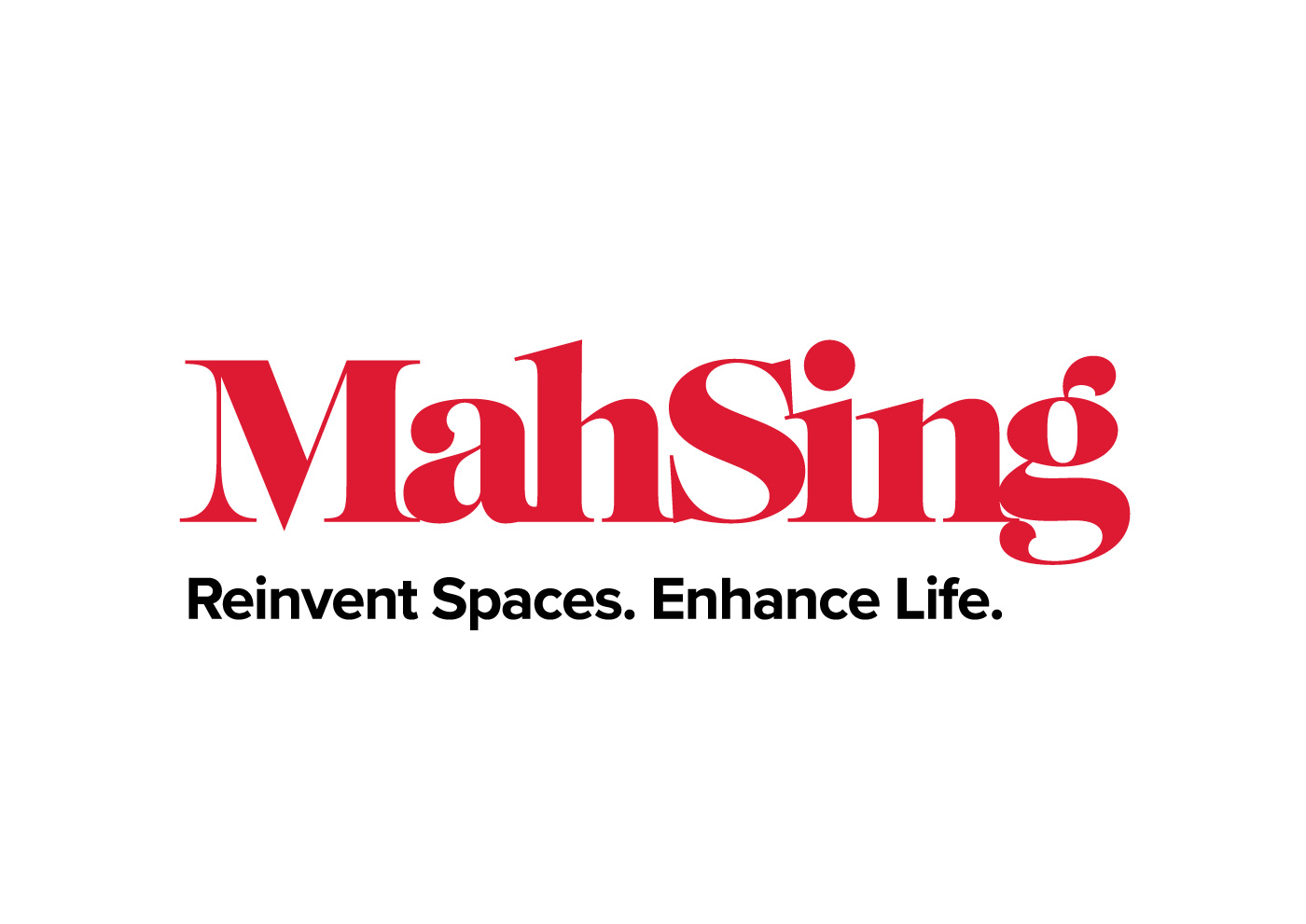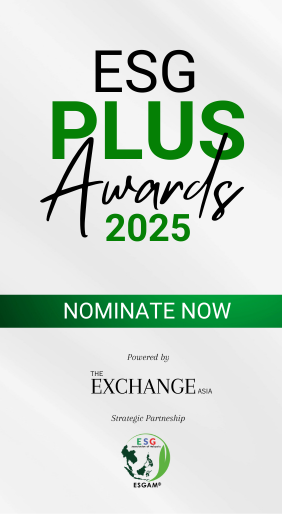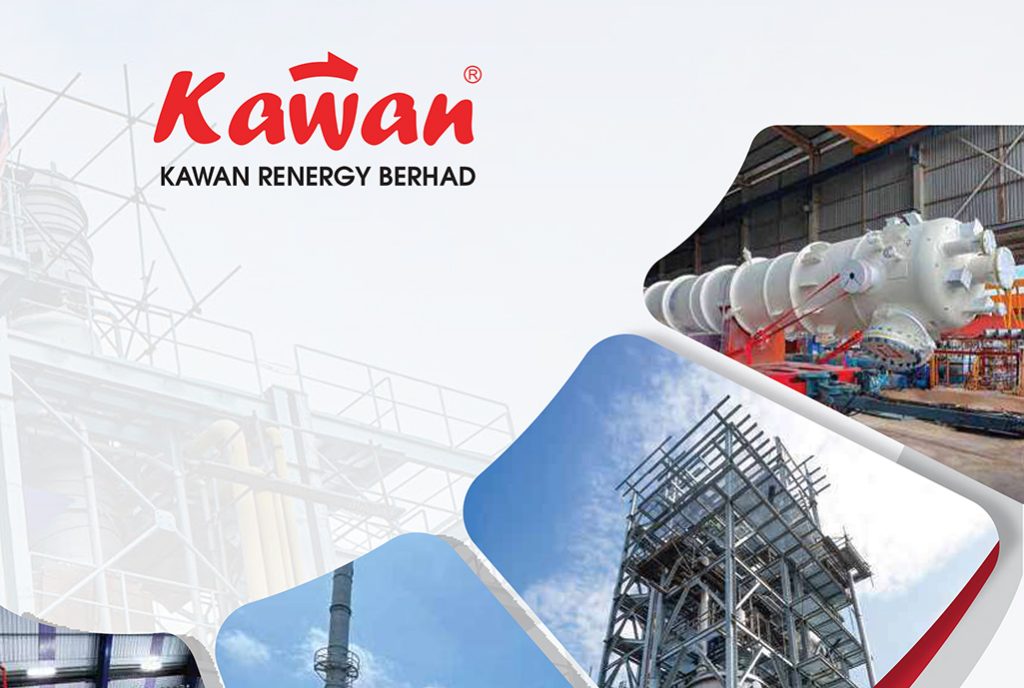According to a recent report by UOB Kay Hian, Malaysia’s property sector is showing strong momentum as it heads into the final quarter of 2024, with significant year-over-year growth expected across many major developers. UOB Kay Hian has maintained an OVERWEIGHT rating on the sector, signaling its optimism about long-term opportunities. The report highlights developers like Mah Sing and Eco World as standout performers, especially as they strategically expand into data center projects and industrial property segments. Below are key insights and projections from UOB Kay Hian’s latest analysis.
Strong Year-over-Year Growth Expected in 3Q24

UOB Kay Hian projects substantial YoY growth for the third quarter of 2024 across many developers within its coverage. Companies such as Mah Sing are expected to report 20-30% YoY growth, attributed to increased sales volumes and progressive billings from ongoing projects. This growth trajectory follows significant land sales and a series of well-received project launches earlier in the year, marking a positive trend for property developers as they wrap up 2024.
Sales and Project Launches Fuel Sector Expansion
Developers are on track to meet their 2024 sales targets, having achieved around 50% of their goals by mid-year. UOB Kay Hian’s analysis suggests that 3Q24 sales figures will reflect strong performance, with major launches by developers contributing to robust demand. Notably, Mah Sing introduced five new M-series projects in August, and other key launches have met with similar market enthusiasm. These project launches indicate a sustained appetite for residential and mixed-use developments across Malaysia’s key markets.
OVERWEIGHT Rating and Positive Long-Term Outlook
UOB Kay Hian has reaffirmed its OVERWEIGHT stance on Malaysia’s property sector, reflecting confidence in a sustained uptrend that is expected to continue into 2025. The sector is benefiting from several supportive factors, including record-high levels of investment in Malaysia over recent years, rising land values, and growing demand for industrial properties.
The report identifies several drivers behind this long-term growth outlook. Industrial developments are expanding, creating opportunities for developers to diversify beyond residential real estate. Additionally, rising land values are being buoyed by demand for data centers, the establishment of special economic zones, and major infrastructure projects that enhance Malaysia’s investment landscape. This combination of factors is creating a favorable environment for developers with diversified portfolios, particularly those with exposure to industrial and data center properties.
Revenue and Earnings Growth Projections for 2025
Looking ahead to 2025, UOB Kay Hian expects Malaysia’s property sector to sustain double-digit revenue growth, projecting an increase of 11%, driven by continued sales growth and further billings from ongoing projects. The firm’s projections also include strong sector earnings growth, outpacing revenue increases due to high-margin land sales and a shift toward industrial property.
Mah Sing, in particular, is expected to make a significant contribution to sector earnings, with a projected addition of at least RM120 million, largely from data center land sales. This focus on data center projects is enabling developers to tap into the growing digital infrastructure market, which has been driven by increased demand for data storage and processing capabilities.
Policy Implications and Market Sentiment
While the sector’s prospects remain largely positive, UOB Kay Hian points out that recent policy changes and economic conditions will shape market sentiment in the near term. The 2025 budget lacked significant new initiatives for homebuyers, with measures like the Home Ownership Campaign (HOC) and Madani Deposit Scheme notably absent. The budget did offer limited tax relief for first-time homebuyers, but this relief falls short of previous campaigns in terms of scale and potential impact.
Despite these policy limitations, the industrial property segment is gaining momentum. Major corporations like Kuala Lumpur Kepong (KLK) and Sime Darby Plantation are shifting their focus to industrial property, in some cases repurposing agricultural land for industrial development. Increased foreign direct investment is also strengthening the industrial property segment, particularly as Malaysia enhances its appeal as a hub for green industrial projects in the ASEAN region.
A Promising Outlook for 2025
UOB Kay Hian’s outlook on Malaysia’s property sector remains optimistic as developers are positioned to capitalize on both residential and industrial demand. The sector’s evolution reflects broader economic trends, including the rising importance of digital infrastructure, international investment, and the strategic growth of industrial zones. Developers with significant land reserves and diversified portfolios, such as Mah Sing and Eco World, are expected to continue performing strongly as Malaysia’s property sector transitions to a more balanced, growth-oriented landscape.
This positive outlook is further supported by strategic urban planning initiatives and ongoing discussions about infrastructure projects like the Johor Autonomous Rapid Transit and potential incentives for the Johor-Singapore Special Economic Zone, which are expected to enhance the sector’s growth prospects. With these drivers in place, Malaysia’s property sector appears poised for continued growth and transformation well into 2025.






